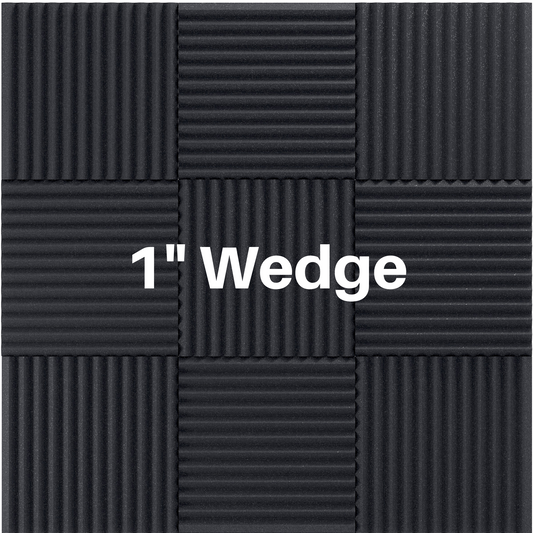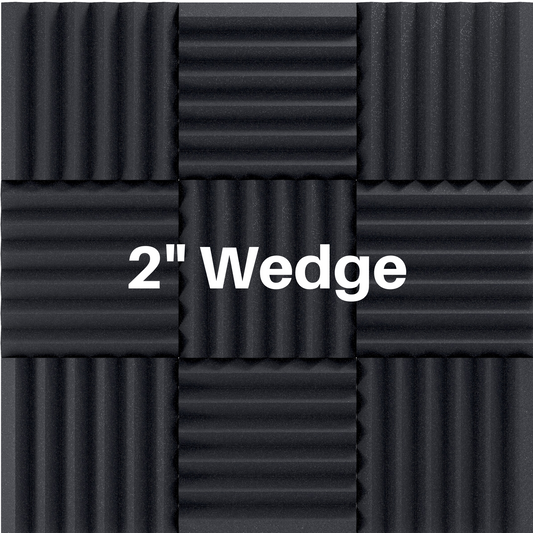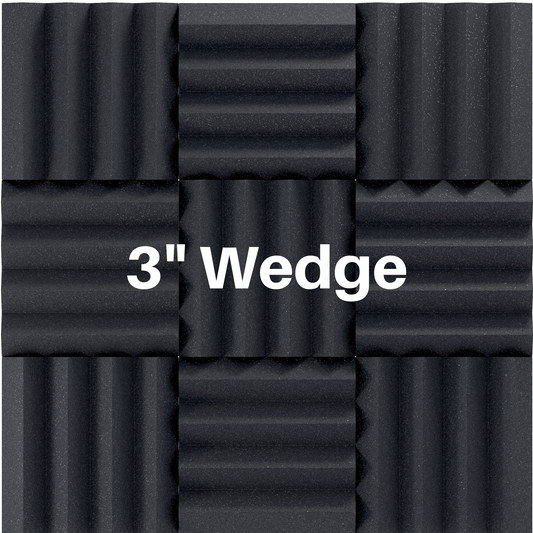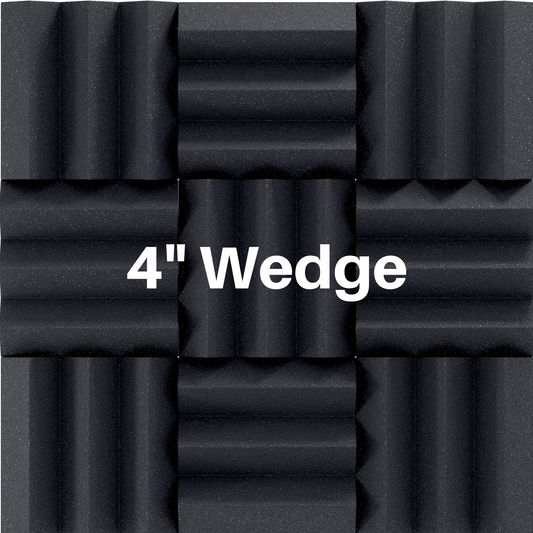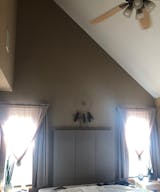House Shopping for the Perfect Home Recording Studio
Share
If you're lucky enough to be house hunting with plans to build a home recording studio, it's essential to consider specific features. This blog post will help you understand what to look for when searching for the perfect home studio space.
Building New or Repurposing an Existing Structure
The first decision is whether to build from the ground up or repurpose an existing space like a spare bedroom, garage, shed or barn. Both options have pros and cons.
New Build
Pros:
- Freedom from existing house limitations.
- Ideal room ratios and layout.
- Optimized electrical and HVAC.
- Higher ceilings and more volume.
- Customizable.
Cons:
- Higher cost and longer timeline.
- Takes up yard space.
- Requires permits and code compliance.
- Involves concrete work, electrical trenching and other headaches.
We offer custom design and blueprint services! CLICK HERE to learn more!
Check out the images below from one of our designs!

Existing Structure
Pros:
- Cheaper and faster to build.
- Limitations simplify design decisions.
- Close to household amenities like the kitchen and bathroom.
- Potentially no need for permits.
- Easier for DIY projects.
Cons:
- Structural and spatial constraints.
- Decoupling the studio for isolation is challenging.
- Doors and windows can significantly increase costs.
- Space might be too small.
Make a pros and cons list that is specific to your situation so you can understand potential benefits and challenges with each option.
Tips for New Builds
If building from scratch, consider the following before purchasing a property:
- Can you follow local codes while building in your backyard?
- Are bathrooms allowed in detached dwellings?
- Will backyard grading allow for a concrete slab with proper drainage?
- Is electrical trenching feasible?
- Is there enough space for a cement truck?
- Do you have the budget?
In some cases, it may be better to add the studio as an addition rather than as a detached dwelling unit (DADU). Work with a realtor or city worker and check local building codes to know what's possible.
Tips for Existing Structures
Most people build their studios in existing spaces like spare bedrooms, basements, barns, or sheds. Here are some important considerations:
Basements
Pros:
- Naturally isolated if underground.
- Often unfinished, saving demo costs.
Cons:
- Limited ceiling height.
- Pipes, ductwork, and beams can complicate design.
- More ceiling isolation required due to upper floor noise.
Garages
Pros:
- May be detached or decoupled for better isolation.
- Vaulted ceilings can provide extra height.
- Usually unfinished, offering a blank canvas.
- Fewer windows or doors can reduce costs.
Cons:
- Removing or modifying the garage door can be tricky.
- Loss of garage space for parking or storage.
- Thin walls may affect sound isolation.
- May have a room above, requiring extra ceiling isolation.
Spare Bedrooms
Pros:
- Typically already integrated within the home, requiring less structural modification.
- Smaller space can be easier and less expensive to treat acoustically.
- Likely to have existing electrical and HVAC connections.
- Windows and doors can be easily treated for sound isolation.
Cons:
- Smaller dimensions might limit the type of equipment and number of occupants.
- Residential construction may not provide adequate initial sound isolation.
- Neighboring rooms could lead to noise complaints or require additional soundproofing efforts.
Wrapping Up
There’s a lot to consider when buying a new home for a recording studio. First, decide between new construction or repurposing an existing space. Then, determine whether to build in a spare bedroom, garage, basement, or shed. Always consider the ease of the build, ceiling heights, and potential challenges. With careful planning, you'll find the ideal home to create your new studio.





